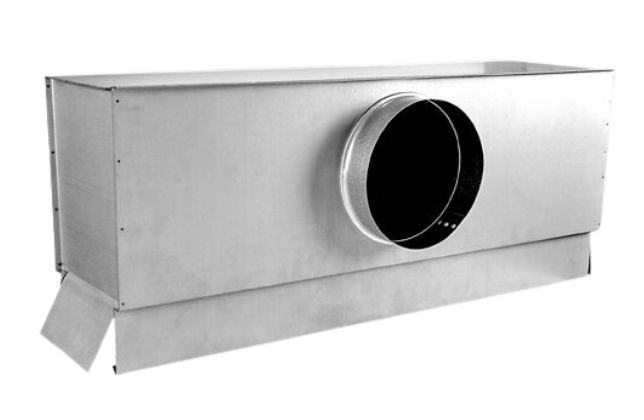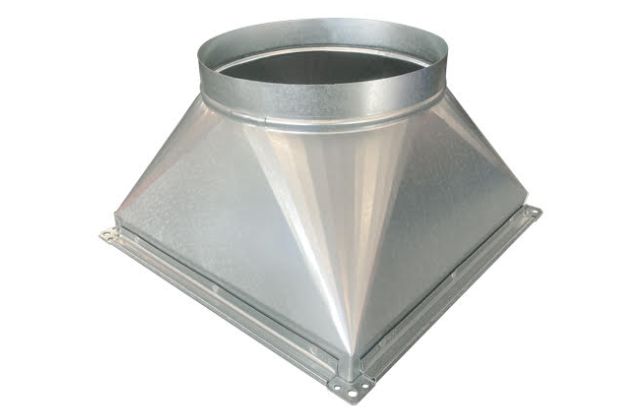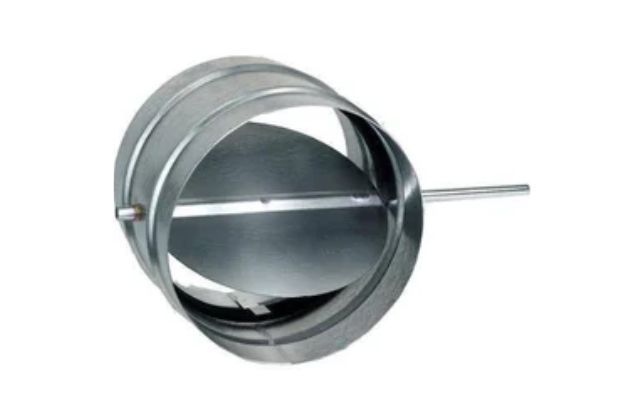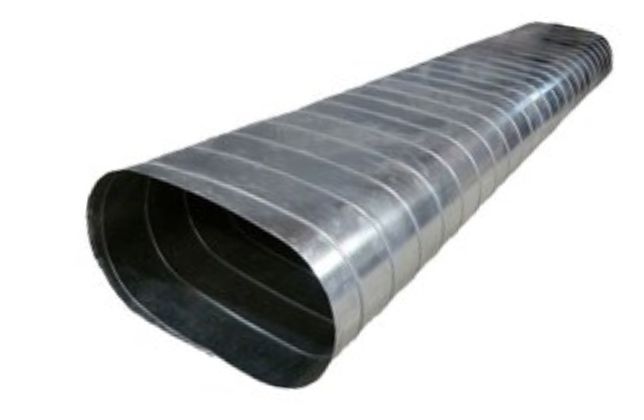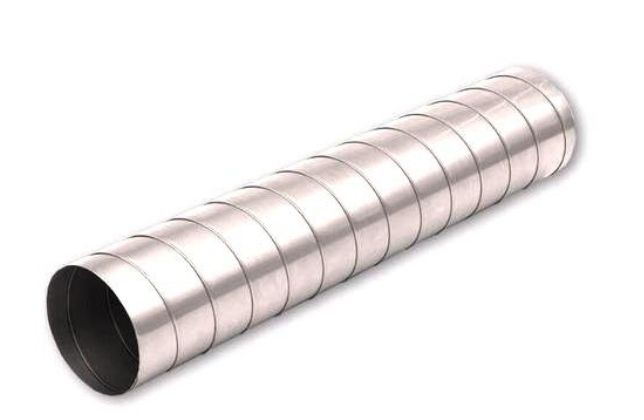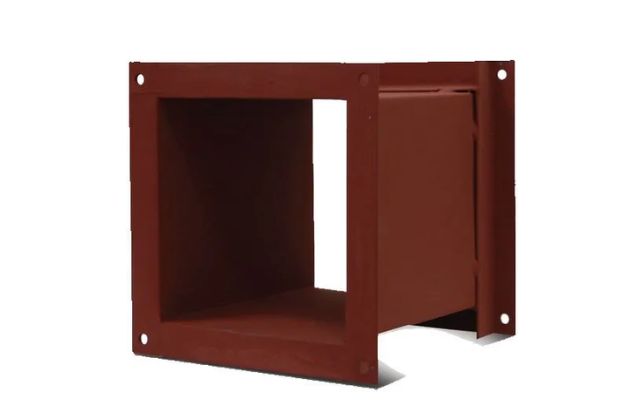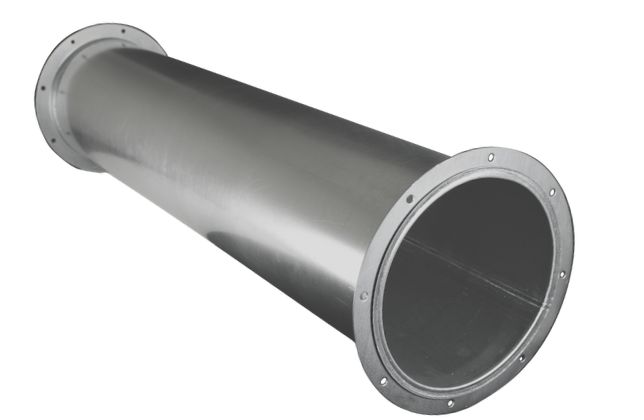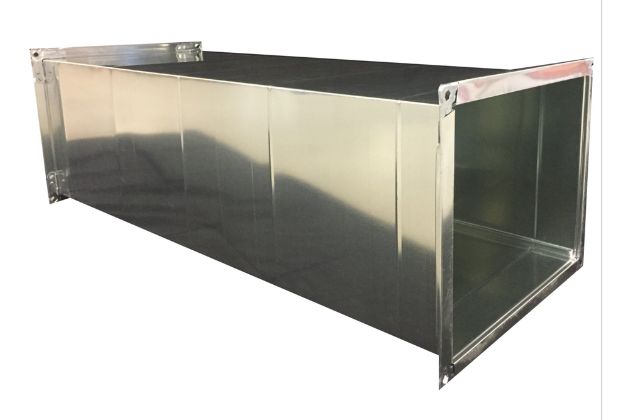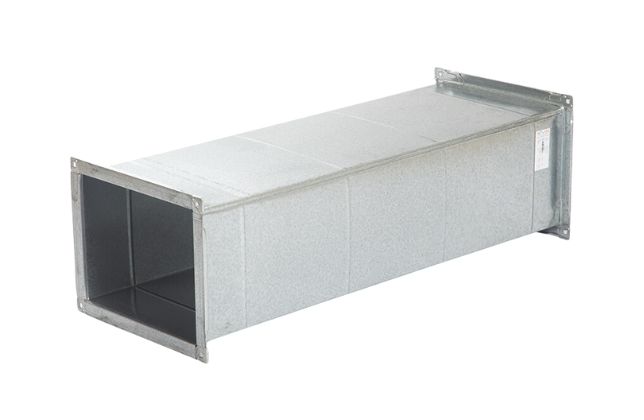HVAC Diffuser Manufacturer
Truestar Air Systems
HVAC Diffuser Manufacturer
An HVAC diffuser is an essential component in heating, ventilation, and air conditioning systems. It is responsible for distributing the conditioned air into a room or space efficiently and evenly, enhancing comfort by controlling the air flow direction, speed, and spread.
Key Functions of an HVAC Diffuser:
- Air Distribution: A diffuser helps to distribute air evenly across a room, preventing drafts and ensuring uniform temperature control.
- Airflow Direction: It controls the direction of airflow, which can be adjusted to ensure that air is directed where needed, enhancing comfort.
- Noise Reduction: Properly designed diffusers help minimize noise from the HVAC system, especially the whooshing sound that occurs when air moves through vents.
- Aesthetic Design: Diffusers are often designed to blend with interior décor, making them functional and visually appealing.
Common Types of HVAC Diffusers:
Ceiling Diffusers:
- Square/Rectangular Diffusers: These are commonly found in office buildings, homes, and commercial spaces. They spread air evenly in multiple directions.
- Circular Diffusers: Often used in spaces where even airflow distribution is critical, such as conference rooms or lobbies.
- Perforated Diffusers: These have small holes and offer controlled, gentle air distribution.
Floor Diffusers:
- Typically found in homes or commercial buildings with raised floors. They distribute air upwards into a room.
- Used in underfloor air distribution (UFAD) systems.
Linear Slot Diffusers:
- These are long, narrow diffusers used for architectural purposes where the diffuser needs to be discrete.
- They can be mounted on ceilings or walls and provide a modern, sleek look.
Wall Diffusers:
- Mounted on walls to distribute air into a space. They are often used when ceiling or floor installation isn’t practical.
Swirl Diffusers:
- These are designed for high airflow with quick mixing of conditioned air into the room. They have spiral-like blades to swirl the air, making them ideal for large spaces with high ceilings.
Materials:
- Plastic Diffusers: Lightweight and often used in residential or light commercial applications.
- Metal Diffusers: Durable and typically used in high-traffic commercial or industrial environments.
- Aluminum Diffusers: Lightweight yet strong, commonly used in commercial and modern architectural settings.
Key Considerations When Choosing a Diffuser:
- Airflow Requirements: Ensure the diffuser can handle the required volume of air for your system.
- Room Design: Choose a diffuser that complements the room’s aesthetics while meeting airflow needs.
- Acoustic Performance: For quiet environments, select a diffuser that minimizes noise.
- Adjustability: Some diffusers come with adjustable vanes to control airflow direction.
Installation Locations:
- Residential: Ceiling and floor diffusers are common in homes, distributing air from a central HVAC system.
- Commercial: Offices, hospitals, and public buildings typically use ceiling or wall-mounted diffusers to ensure even temperature distribution.
- Industrial: In factories or large warehouses, robust metal diffusers are used to handle higher airflow and larger spaces.

